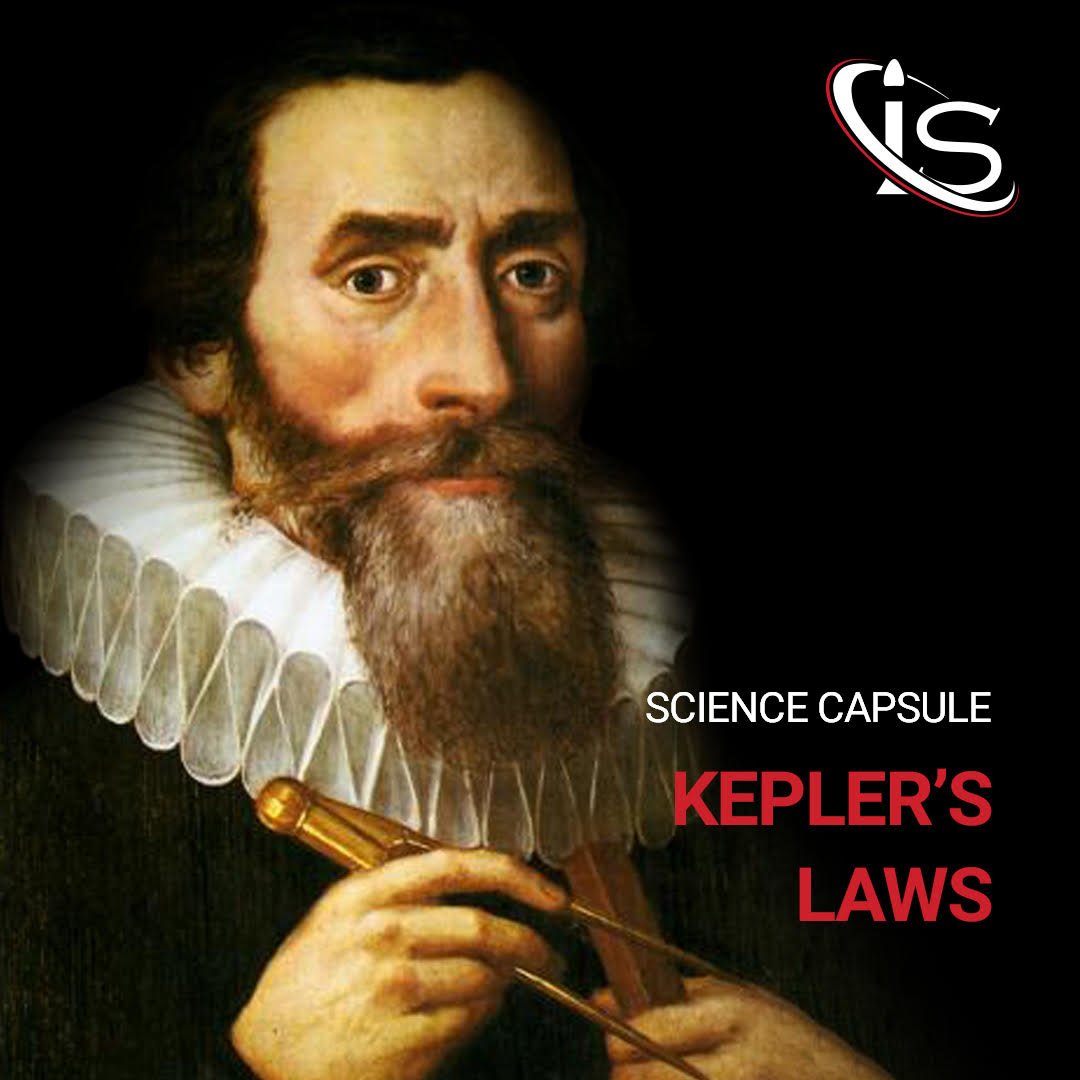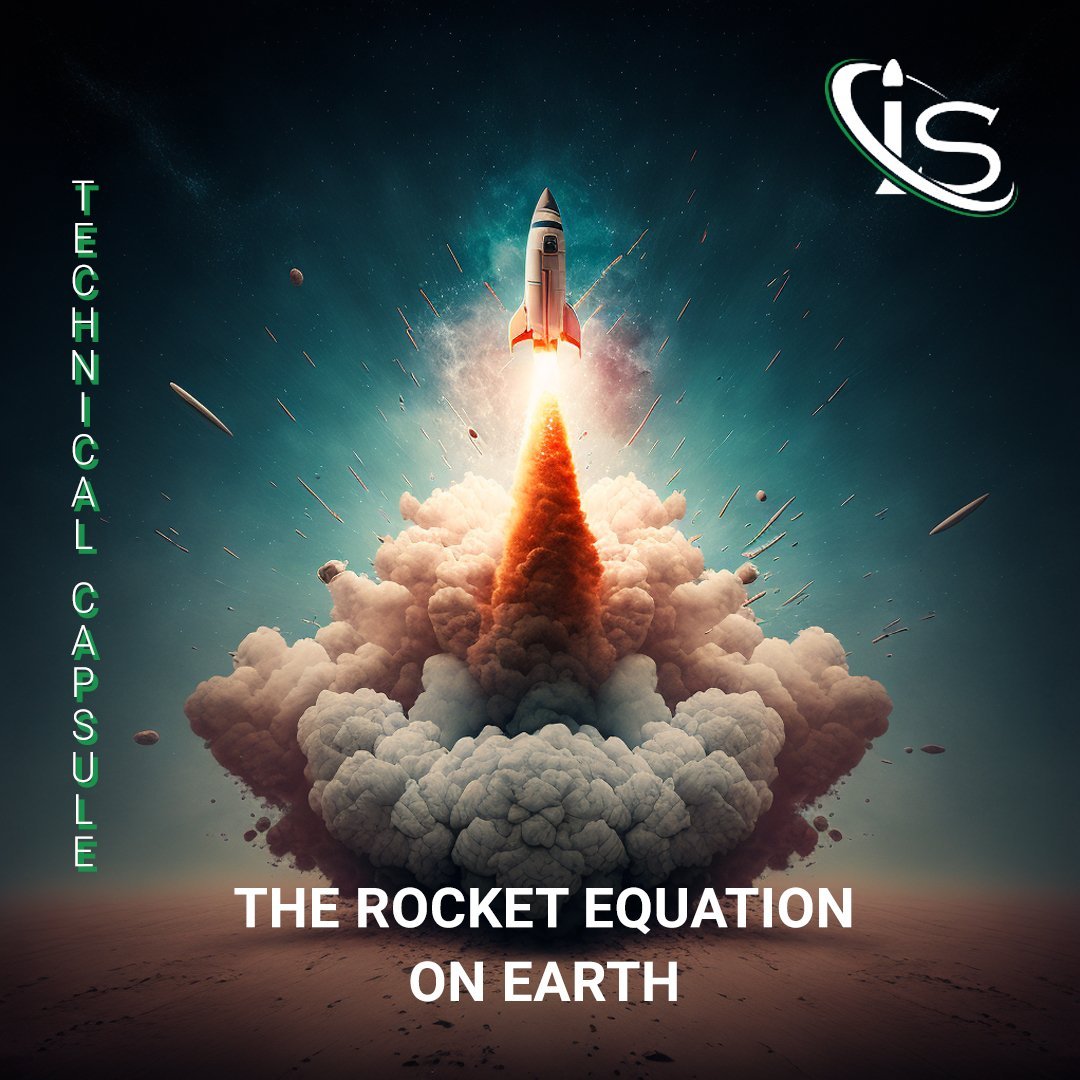Welcome to another science capsule. As promised in the article we did on Hubble — which is now a couple months old — today, we are tackling Hubble’s Law. This is at the basis of a lot of cosmology (no, this has nothing to do with cosmetics), so it is quite important. The basic concept behind it is that everything is expanding at an increasing rate the farther that object is compared to the observer. So, the expansion rate is uniform, but in a geometric way, rather than a linear one. We will get more into this in a moment, however. For now, let’s start at the beginning by going over some general concepts behind the expansion of the Universe.

Hubble’s Law, Not Euclid’s
The main thing to cover in order to better understand Hubble’s Law is the way in which the Universe expands. Basically, what is the shape of the Universe like? The best analogy — or at least my favorite one — is that the Universe behaves similarly to a balloon. By this I mean that it expands in all directions uniformly. This entails that, no matter where in the Universe an observer may be, they will observe matter moving away from them at the same rate in all directions. Basically, any two points that are a certain distance apart will be moving away from each other at the same rate as any other two points in the Universe that are the same distance apart.
This is where the concept of non-Euclidean geometry comes into play. And, yes, this next part will be quite a mind melt if you have never heard of this (blame physics). In fact, there would be way too much to cover if we even wandered briefly into the meanders of non-Euclidean geometry. So, instead, let’s just focus on the relevant part of Hubble’s Law.
A New Triangle
Going back to the balloon analysis, the best way to describe how the geometry is different is by drawing a triangle on a flat balloon. If that balloon then gets inflated, the triangle will change in a very interesting way. Said way is completely related to its angles.
For anyone who is not aware, under normal Euclidean geometry, the sum of a triangle’s (interior) angles will always be 180°. And this does not just apply to triangles. Every polygon will have a constant sum of angles, but with the total increasing by 180° for each additional side. However, that all changes in non-Euclidean geometry. In fact, if you were to add up the angles of the triangle on the inflated balloon, you would find the sum to be greater than 180°. And there is a whole way to calculate exactly what the difference would be based on the curvature of the surface in question. However, that is not really needed to understand Hubble’s Law. Which, speaking of, I think it is about time to discuss the reason we are all here today.
Hubble’s Law and the Expanding Universe
So, now that the general idea behind how the Universe expands has been covered, let’s dive into how exactly that expansion occurs. Or rather, how quickly. We just finished discussing the non-Euclidean geometric concepts needed to understand this, so, let’s bring some math into the equation.
Expansion Rate and Distance
We can arbitrarily define any observation point in space and pick two other points to keep track of. One that is a distance d away and one that is twice as far at a distance of 2d. According to Hubble’s Law, in the time that it takes for the first point to travel to twice as far as its original distance, the second point will have traveled twice as much as the first. In mathematical terms, this would mean that the first point traveled a distance of d and the second a distance of 2d. This is because in order for the second point to be expanding away from the first at the same rate that the first is expanding away from the observation point, it needs to have traveled twice as much relative to said observation point.
Everything Is Moving
This, to me at least, was one of the hardest concepts to truly grasp when it came to cosmology. Because, at first glance, it can seem like the farther point moving away faster would imply that the expansion rate is not constant. However, when viewed through the lens of non-Euclidean geometry, this apparent contradiction disappears. After all, if that point at 2d is moving twice as fast as the point at d — relative to the observer, of course — then the same has to be true of the observer compared to the 2d point.
Basically, because of the Universe expanding the way it does, it is not at a constant rate in absolute terms. Instead, the rate an object is moving away will be proportional to its distance from the observer. Although, since this is true across the board, the rate of expansion also is constant in absolutely, but also relative, terms. Which might be one of the most paradoxically true statements I have ever written.
Hubble’s Constant
But now, it is time to put some tangible numbers behind the concepts. More specifically, how do we know how fast an object is moving away from a reference point? And — for maybe the first time today — the answer to this is surprisingly straightforward. I feel pretty confident that, given the nature of the topic, at least some of you are expecting some very complex differential equation to govern Hubble’s Law. But, in reality, while the concepts are anything but easy, using Hubble’s Law in a practical way is.
That is because the equation in question is very simply this:
![]()
Where:
![]()
![]()
![]()
Yep, that is all there is to it. Now, arriving at this equation was not an easy task, of course. And, in fact, the actual value of Hubble’s Constant is still up for debate nowadays, with estimates ranging from 69.8 to 74 km/s/Mpc (Mega Parsec). This gets even more confusing when adding in the fact that physicists theorized it to be around 68 km/s/Mpc, instead. It also makes this, perhaps, the only equation where the most confusing part is the constant.
Hubble’s Law and Earth
And now, just for fun, let’s take a look at an actual example of Hubble’s Law in action. If we take Earth as the point of reference for our observation and the “nearby” Andromeda galaxy as the point whose velocity (relative to us) we want to gather, we get the following:
![]()
![]()
Full disclosure, I used the theoretical value of Hubble’s Constant there, and not one of the ones that have come out from various measurements and experiments. So, in reality, there is a good chance that Andromeda’s velocity relative to us would be slightly higher.
Regardless, this is where I will end today’s capsule. I hope you enjoyed learning about one of my favorite space-related topics. And I apologize for any confusion that may have been caused by some of today’s concepts. Let me assure you, it only gets worse the further you dive into the world of physics.
Also, given the timing of this article, this is the last piece you will get from me until Christmas has passed. So, I hope that anyone celebrating this wonderful holiday will have an amazing time. And I hope that anyone who does not celebrate it has an absolutely wonderful time, as well. With that being said, I will “see you” all after my favorite holiday, right here, at impulso.space.





